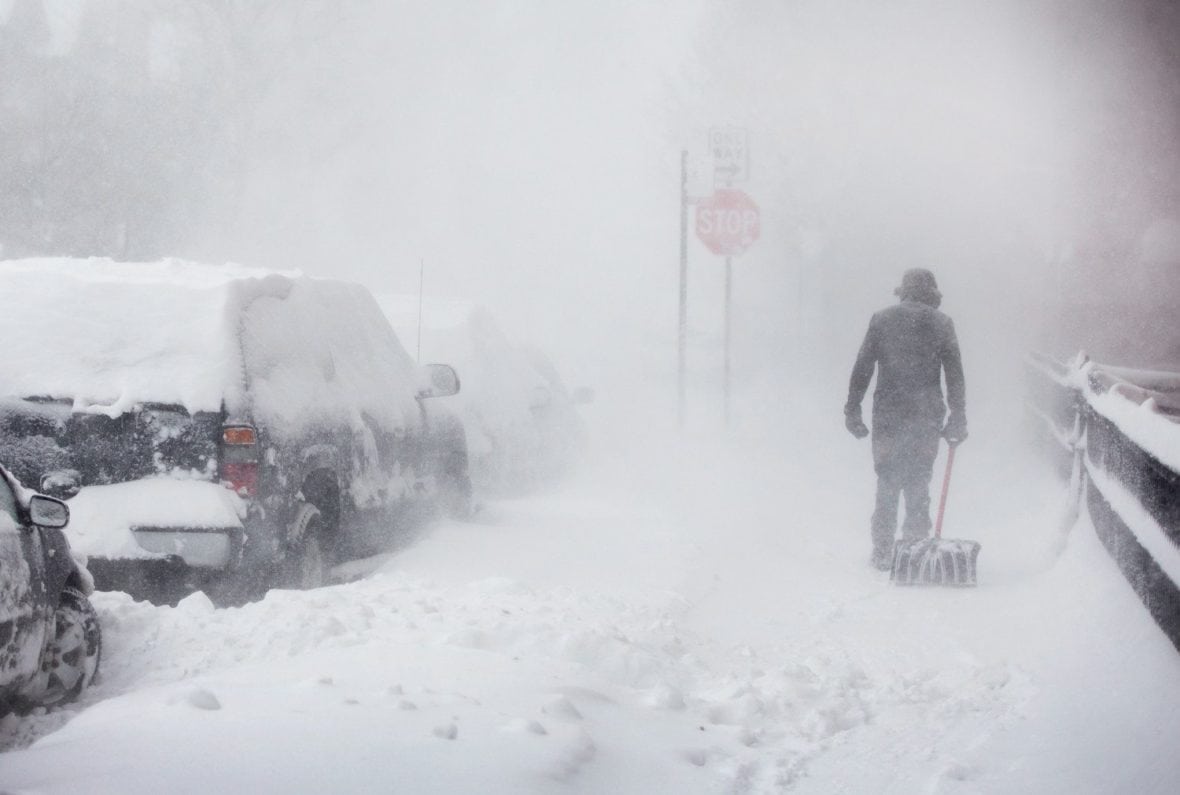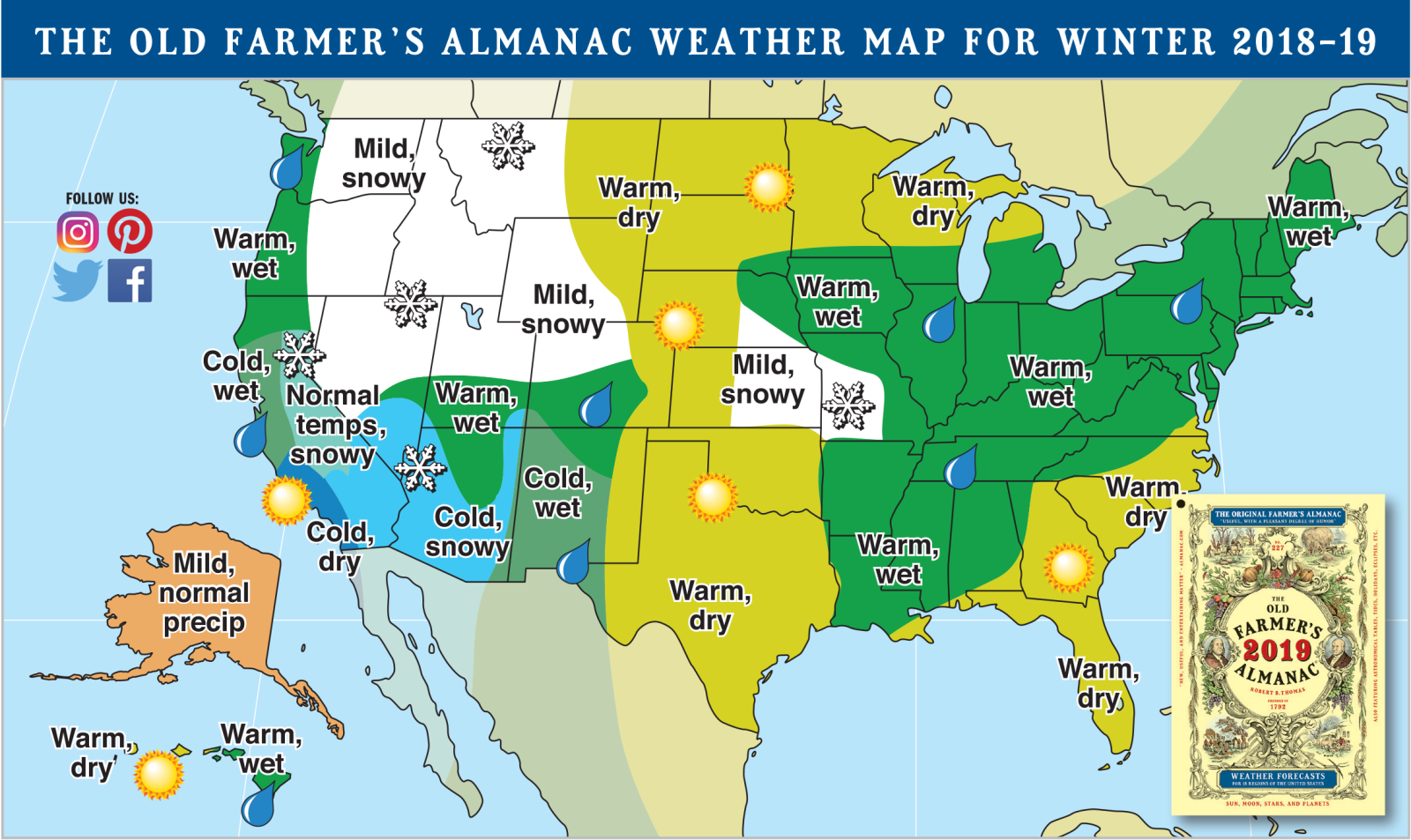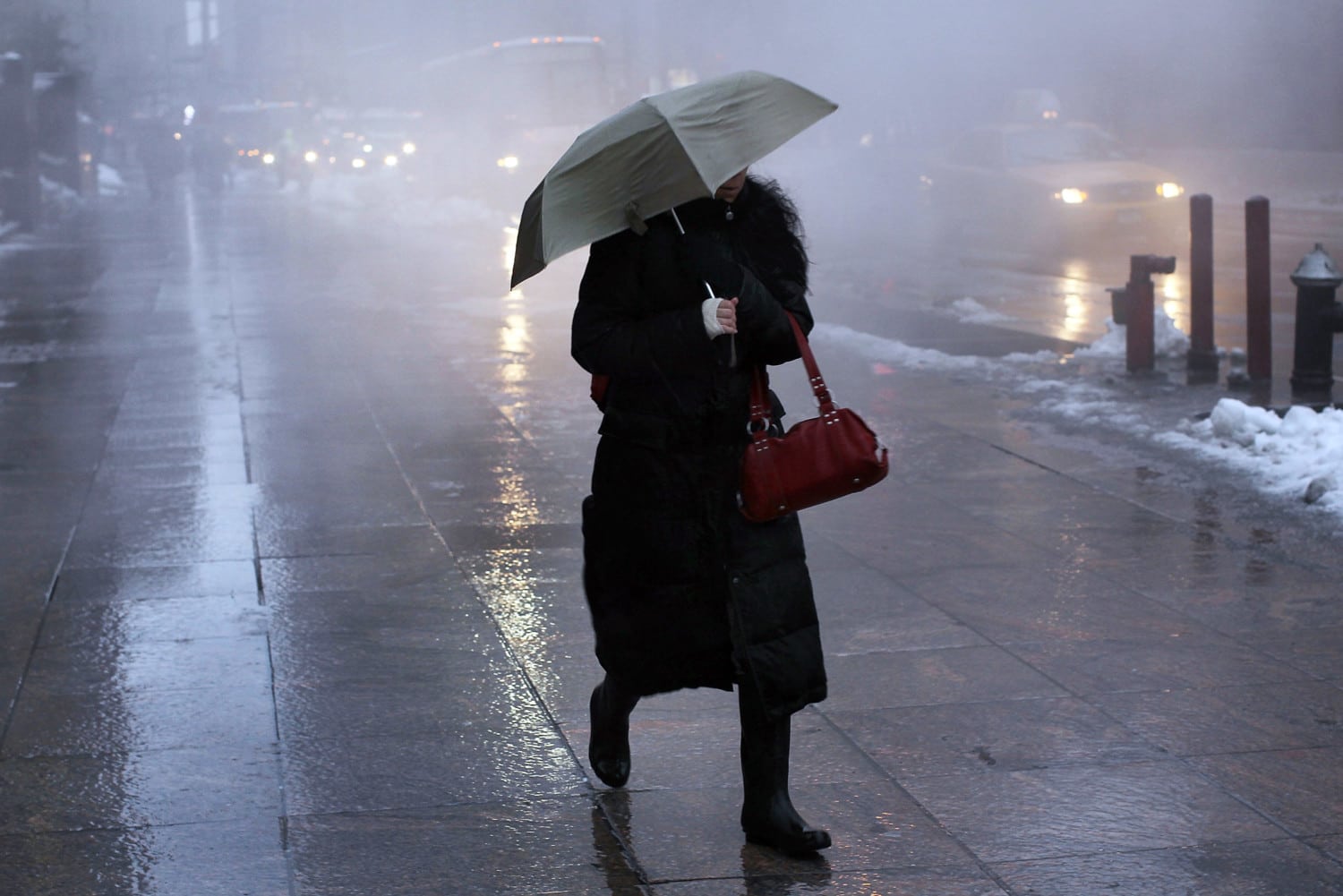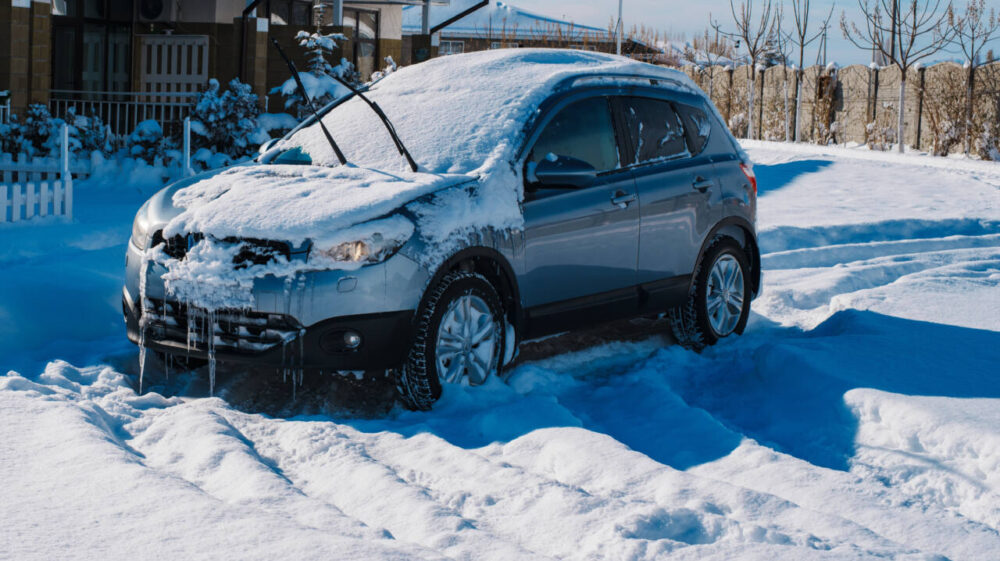The Farmers’ Almanac and Old Farmer’s Almanac are forecasting very different winters
The Farmers’ Almanac and the Old Farmer’s Almanac have released their outlooks for the upcoming winter.
Yes. It’s already that time of year when we begin panicking about the amount of cold and snow that December, January and February will bring. And while we still have the entire fall season to get through, that hasn’t stopped either publication from racing to print their wildly different predictions.
To make things even more interesting this year, each publication is showing completely opposite forecasts for the same upcoming winter.
The Old Farmer’s Almanac, which has been around since 1792, released their winter forecast slightly early this year. Their forecast is calling for above normal temperatures nearly everywhere in the United States:
According to them, the only part of the U.S. that might see cooler-than-average temperatures is the Southwest. The reasoning behind their warmer winter prediction is a “decrease in solar activity and the expected arrival of a weak El Niño.”
They’re also predicting a wetter winter for most of the country, with a few exceptions in the Southeast and in the Central Plains.
Then there’s the Farmers’ Almanac, which has published every year since 1818. Their winter forecast paints a much colder, snowier picture for nearly the entire country:
This 200-year-old publication goes so far as to say there will be “teeth-chattering cold” in the Northern Plains.
It also says the entire eastern two-thirds of the United States, except the Southeast, will be colder than average, with typical or additional snow. The only other spots they predict could have a mild or typical winter are west of the Rocky Mountains — the same spots the Old Farmer’s Almanac claimed would be colder.
This publication bases their forecast on a secret mathematical and astronomical formula developed in 1818.
So who are we to believe? Two publications at least 200 years old are claiming very different forecasts — completely opposite, in fact!
There’s a reason these publications have lasted as long as they have. They’re good at getting our attention and selling books. The books currently on store shelves were likely printed in the early parts of this year, which means this forecast was put together sometime before that. Some reports indicate these publications put their forecasts together as early as 18 months before the season even begins.
The National Weather Service typically issues their forecast in mid- to late-October every year, so stay tuned for that. Their forecast is usually more accurate and involves more scientific information than the two previously mentioned forecasts.
In the meantime, there’s still the entire season of fall left to enjoy. So go outside and soak up those sunny afternoons and crisp evenings before winter arrives — whatever it may bring!
Follow Meteorologist Jason Meyers on Twitter or watch one of his entertaining and educational YouTube videos.









